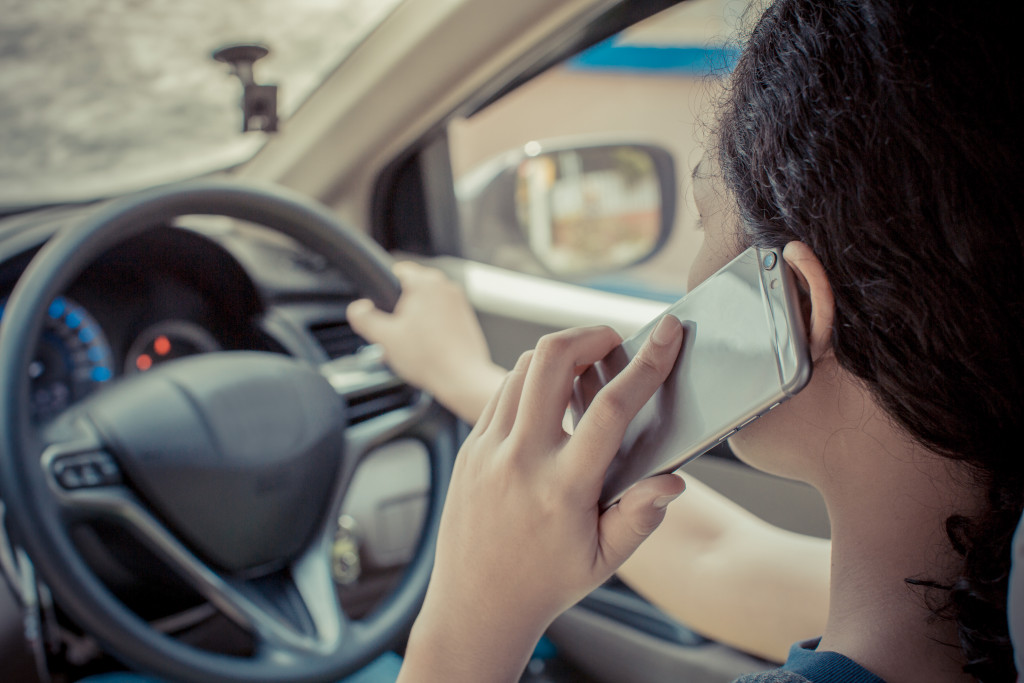When the sun goes down, it’s a whole new world out there on the roads. The darkness can be confusing and dangerous, especially if you’re not used to driving in it.
That’s why it’s important to follow some essential safety tips when driving in the evening:
1. Keep an Accident Lawyer’s Name Handy
Because anything can happen on the road, it pays to err to the side of caution and keep a lawyers’ name available at all times. A truck accident lawyer, for example, can talk to the other party on your behalf, ensure that you get the proper claim if you are aggrieved, and guide you if the situation is your fault. Remember, state rules can vary concerning auto insurance policies.
You can store their number on the phone or, even better, keep a business card in the car.
2. Ensure the Vehicle Is in Good Running Condition
Take it for regular maintenance. Check the lights and replace any that aren’t working. Test wipers and windshield washer fluid.
Consider using special headlights to cut through the fog or rain if you are driving at night in inclement weather often. These headlights will do more than your average headlight beam can do in these conditions.
If you have an older car, replacing the standard headlights with fog lights might be a good idea. Fog lights will help you see in dense fog or rain, and they’ll also make your car more visible from the side and rear.
Install reflective tape on your vehicle’s front, back, and sides. This will help other drivers see you better, especially if you’re driving in low-light conditions.
Tire tread depth is also something to keep an eye on. As the tread gets lower, braking distances increase. If you live in a snowy climate, make sure you have snow tires installed on your car before the first snowfall.
It’s also a good idea to carry an emergency kit with you when driving at night, especially in winter conditions. A few blankets, flashlights and batteries, bottled water, and protein bars will help keep you warm and well-fed if your car breaks down or is stranded overnight by bad weather.
3. Avoid Distracted Driving

Driving at night is hard enough without texting, talking on the phone, changing radio stations, or playing with a GPS. Pay attention and avoid distractions.
Keep your eyes on the wheel and eyes on the road, even if you’re using cruise control. If you need to talk on the phone, pull over to a safe spot and stop your car before doing so. Never text and drive. It’s not worth the risk.
Turn on the speaker option when using apps like Google Maps. This way, you can hear the directions even when you’re not scrolling through the map. Better yet, study the route before you drive.
Do not drive under the influence. This should go without saying, but it’s worth mentioning. If you’ve been drinking, find a safe way to get home—preferably one that doesn’t involve driving. Otherwise, choose a designated driver if you’re traveling with a group.
4. Manage Your Lights
One way to make yourself more visible to other drivers is to correctly manage your car’s lights.
If you’re driving in fog or rain, use your low-beam headlights. High beams will only create glare and hinder your visibility.
Be sure to turn your headlights off when driving in a parking lot or stopping at a red light. It will help save battery power and keep your car from being too bright for other drivers.
Turn on the headlights in the evening. Most cars today have lights that can automatically turn on when it senses changes in ambient lighting.
5. Don’t Drive When Exhausted
Driving exhausted has remained one of the leading causes of road accidents and, unfortunately, traffic-related deaths over the years. One study suggests that lack of sleep, for instance, can impair recent memory, contribute to a slower response time, and reduce vigilance.
Driving when tired is so dangerous that some experts compare its consequences to driving drunk.
If you’re feeling drowsy, take a break and get some rest before continuing your journey. Pull over to the side of the road if you need to. If you’re traveling with someone else, switch drivers every few hours so that everyone gets a chance to rest.
Get all the sleep you can before a long drive. Avoid caffeine and other stimulants before driving. Caffeine might help keep you awake for a short while, but it will eventually wear off and leave you more tired than before.
Driving at night is a challenge. It’s easy to lose your sense of depth perception and misjudge distances when there’s little light. You may also encounter unexpected obstacles, such as animals crossing the road or bad weather conditions like fog or rain.
Taking a defensive approach can help minimize any risks that come with driving at night.



